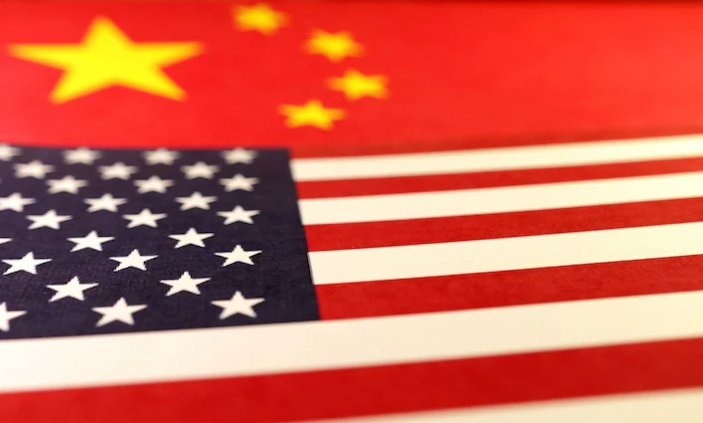China Imposes Retaliatory Tariffs on US Goods, Escalating Trade Tensions
China has announced new tariffs on US goods in response to recent American trade measures, further straining economic relations between the world’s two largest economies. This move follows the US imposing a 10% tax on Chinese imports, prompting China to introduce a 15% tariff on US coal and liquefied natural gas (LNG). These new levies will take effect next Monday.
China’s Countermeasure to US Tariffs
In addition to the coal and LNG tariffs, China will also impose a 10% tax on US crude oil, farm equipment, large vehicles, and pickup trucks. Chinese officials stated that these tariffs are a direct response to what they consider an unfair trade policy by the US.
The timing of the announcement is notable, as it comes just before former US President Donald Trump is set to hold discussions with Chinese President Xi Jinping. Analysts believe this suggests that China remains open to negotiations despite its firm stance.
For more updates on international trade developments, visit Coleman News.
A Strategic Move, Not an Escalation
Trade expert Julien Chaisse emphasised that China’s response is measured rather than aggressive.
“These tariffs signal China’s intent to push back but not escalate beyond control,” Chaisse explained.
China has set February 10 as the start date for these new duties, leaving a window for diplomatic negotiations. If both sides engage in talks, there may still be room to adjust or even cancel the tariffs before they take full effect.
For an in-depth look at China’s trade strategy, read the full report at Coleman News.
Trump’s Trade Policy and Its Global Impact
Over the weekend, Trump revealed plans to impose tariffs on multiple trading partners, including Canada, Mexico, and China. His justification? He argues that these countries have not done enough to prevent illegal drug trafficking and migration into the US.
However, by Monday, Trump temporarily delayed the tariffs on Mexico and Canada for 30 days after both countries pledged greater cooperation on border security. This move has raised questions about whether China could negotiate a similar arrangement to avoid prolonged economic conflict.
Memories of the US-China Trade War Resurface
The latest tariffs have reignited concerns about a potential repeat of the 2018-2020 US-China trade war, during which both nations continuously increased tariffs on each other’s goods. That conflict disrupted global supply chains and slowed economic growth worldwide.
In 2020, China agreed to purchase $200 billion more in US goods as part of a trade deal aimed at reducing tensions. However, the onset of COVID-19 derailed much of that agreement. Currently, China’s trade surplus with the US stands at $361 billion, a figure that remains a point of contention in ongoing trade negotiations.
Trump has warned that he may impose further tariffs unless China takes stronger action to stop fentanyl exports to the US. China, however, maintains that the fentanyl crisis is primarily an American issue and has announced plans to challenge the new tariffs at the World Trade Organization (WTO). Despite this, Beijing has not ruled out further diplomatic discussions.
For more business and economic updates, explore Coleman News’ Business section.
What’s Next?
China’s latest tariffs signal its willingness to retaliate against US trade policies, but also suggest a path forward for negotiations. Over the next few days, the global business community and investors will closely monitor developments to assess whether trade tensions ease or escalate further.
The outcome of these discussions could have long-term consequences for global trade, economic growth, and financial markets.
For continued coverage of this evolving trade dispute, visit Coleman News.

